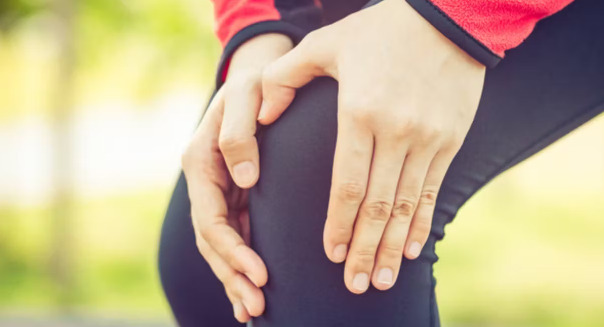Dealing with joint pain, especially from conditions like mild osteoarthritis and mild arthritis, can be challenging. Many seek effective, easy-to-use solutions to manage their discomfort. Relief gels specifically designed for arthritic pain have emerged as a popular choice. This article explores how these gels offer a convenient and effective way to alleviate symptoms of mild joint conditions. You’ll discover how joint pain relief gel can be integral to managing mild arthritis discomfort.
Understanding Mild Joint Conditions
Mild arthritis and osteoarthritis impact countless individuals, leading to discomfort and reduced mobility. These conditions, while manageable, require attention to prevent worsening. These pain relief gels offer a targeted approach to alleviate symptoms, making them a valuable tool in your wellness routine. People with mild joint conditions often struggle with daily activities due to pain and stiffness. These gels provide a non-invasive option for relief, enabling better movement and quality of life. They are particularly useful for those who prefer topical treatments over oral medications, offering a safer alternative with fewer systemic effects.
The Science Behind Relief Gels
These gels often contain active ingredients that provide temporary relief from pain and inflammation. They work by creating a cooling or warming sensation, which helps distract from the pain. Importantly, they are designed for topical use, making them a direct, localised solution for discomfort. The ingredients in these ointments are carefully selected for their pain-relieving properties. Many contain natural components like menthol or eucalyptus oil, known for their soothing effects. Additionally, the formulation of these ointments allows for quick absorption into the skin, ensuring rapid relief from pain.
Ease of Use and Convenience
One of the significant advantages of using relief ointments is their ease of application. They offer prompt, focused relief when administered directly to the afflicted area. This makes them a convenient option for those with busy lifestyles or who prefer a no-fuss approach to pain management. Unlike pills or injections, these ointments don’t require special administration or a visit to the doctor. They’re easily portable, allowing you to carry them in a bag for use whenever needed. Plus, the non-greasy formula of most gels means you won’t have to worry about stains on your clothes or a lingering residue on your skin.
Incorporating Gels into Daily Life
Integrating these ointments into your daily routine can be simple. Apply them as needed, following the instructions for best results. They can be used alongside other pain management strategies, offering a complementary approach to your overall plan for managing arthritic discomfort. Using these ointments can become a part of your morning or evening ritual, especially during times when your joints feel more painful. They can also be applied before or after physical activities to help prevent discomfort. Regular use, in accordance with guidelines, can significantly contribute to managing the symptoms of mild joint conditions.
A Holistic Approach to Joint Health
While relief gels provide symptomatic relief, it’s also essential to consider a holistic approach to joint health. This includes regular exercise, a balanced diet, and possibly consulting healthcare professionals for a comprehensive management plan. Exercise can support the maintenance of joint strength and mobility, especially low-impact exercises like cycling or swimming. A diet rich in anti-inflammatory foods can complement the effects of the ointments. Finally, consulting with healthcare professionals can provide additional insights and recommendations tailored to your specific needs, ensuring a well-rounded approach to managing arthritic health.
Conclusion
Joint pain relief gel is a practical solution for those experiencing mild arthritis discomfort. They offer a convenient, direct way to manage symptoms, fitting seamlessly into your daily routine. Remember, a holistic approach encompassing lifestyle changes and professional advice is critical for long-term arthritic health.





